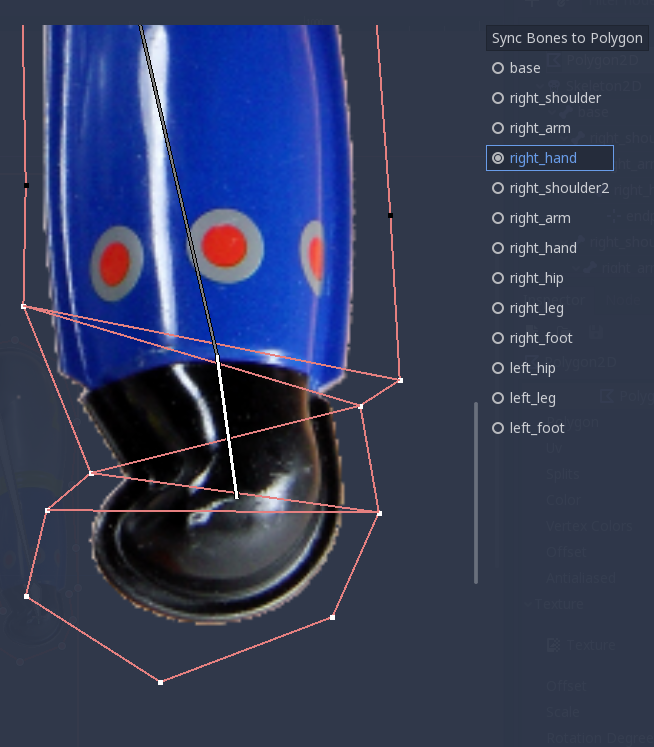

If you need to add a runtime, you would probably do this. There are other non-official custom builds that offer language binding for languages such as Lua, Kotlin, TypeScript and JavaScript (this time allowing you to make scripts). Then there are languages that can only be added in custom builds of Godot, which is currently the official support for C#. However, this approach does not allow you to add JavaScript scripts to Nodes, and so on. In web builds Godot can interface with JavaScript via the JavaScript class. Or you can create modules (which are static libraries you can add in a custom Godot build).Īnd since Godot source is in C++, you don't have to restrict yourself to making modules if you are making custom builds. You can use it to create GDNative scripts (which are basically a wrapper around native calls that allow you to use them as scripts in Godot). However, this is not an exhaustive list of the languages.įirst of all, Godot has official build-in support for GDScript and Godot's VisualScript (and Godot's shading language and its visual counterpart if those counts for you). So you would use a path starting with "res://" to refer to the files in the project file system, which are actual files while you are editing the game, or virtual files inside the ".pck" file you get once you exported the game.In this answer I show you the different approaches to add language support in Godot 3.x (the situation will be somewhat different with Godot 4.0 and GDExtension - which replaces GDNative and hopefully means less custom builds), and I mention some languages that are supported by each of these approaches. Notice that the Object class has get_script and set_script methods.īe aware that Godot packages and virtualices the project file system. However, behind the scenes what happens is that when you instantiate a GDScript Godot will create an Object the appropriate type ( Node or not) and attaches the GDScript to it. And you can instantiate that GDScript with new…įrom the point of view of the GDScript language, Scripts are classes. If it is a GDScript script file, it is a GDScript. You can load these script files using load (or preload or ResourceLoader.load or ResourceLoader.load_interactive…) giving you a Script. After all, the image you shared is of the file system tree (except this picture is not of the Godot editor): In the editor the Scene tree looks something like this:Īnd get_node uses paths in the that tree.Īlternatively you do want to load a script file. I cannot tell you which is the path, because you did not share how your scene tree looks like. Under the assumption that you want a Node (and not a script file), you need the path to it in the scene tree. Furthermore, you can have scripts that are not attached to Nodes. And the way you organize the script files does not have to match the scene tree. To reiterate: adding a Node does not imply adding a script file. with extension ".tscn"), which you can do visually in the Godot editor. You can also modify the scene tree of a scene file (e.g.
#GODOT NODE CODE#
You can add Nodes to the scene tree from code using add_child, and the components of the path in the scene tree are the names of the Nodes. An script could be attached to an Object, multiple Objectss, or none. Nodes exist in the scene tree, and might - or might not - have a script attached to them. To be clear: a script is not a Node, and a Node is not a script (nor script file). with extension ".gd")? Files are in the FileSystem tree, not the Scene tree.

However, apparently you are passing a path to a script file (e.g. The get_node method will try to get a node form the scene tree (or fail with an error).


 0 kommentar(er)
0 kommentar(er)
